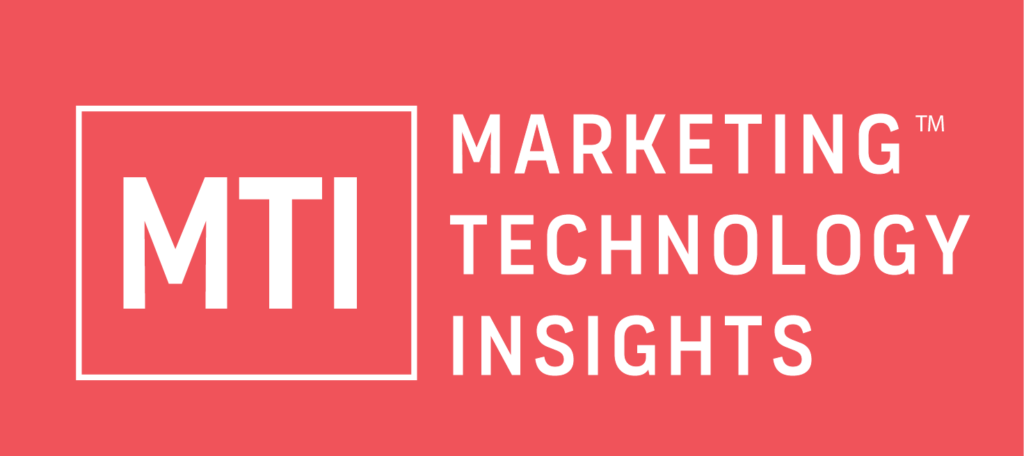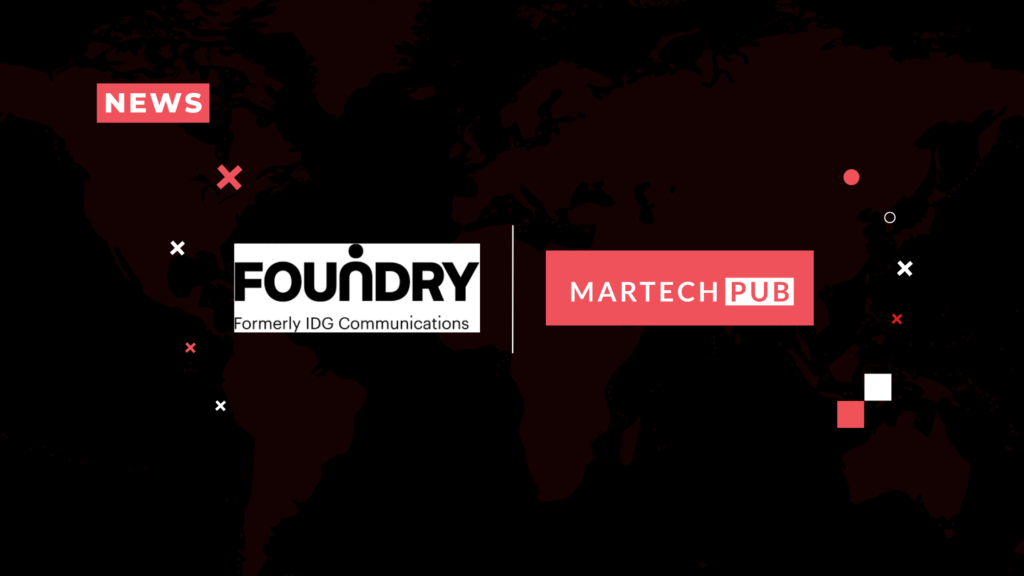Foundry’s new study dives deeper into how intent-based marketing allows organizations to drive more impressions and engagement with their audiences
A new research report from Foundry, the media, data, and martech division of IDG, Inc., shows how using intent-based targeting from multiple sources outperforms using traditional Ideal Customer Profile (ICP) fit targeting in B2B advertising.
The use of intent-based ad targeting in pay-per-click (PPC) campaigns consistently produced significantly stronger performance, greater reach, and lower cost-per-click (CPC), amounting to 2.5 times greater overall campaign efficiency, according to several control vs. exposed A/B tests conducted by Foundry.
An increase in click-through rate and impressions
According to Foundry’s analysis, the ad groups that reached the exposed (intent-based) audience generated 83.5% more average impressions than the control audience. Through the course of the three separate tests, this effect held true and was reproducible. According to Google, click-through rate (CTR) is a ratio that measures the proportion of viewers who clicked on an ad compared to all viewers. A high CTR indicates that the advertisements are pertinent to the target audience. Relevance is a factor that ad networks like Google take into account when choosing which ads to display, which frequently results in more impressions for intent-based ads.
In all three tests of this experiment, ads shown to audiences with specific intent experienced an average CTR increase of 220%. The higher CTR in these instances suggests that people who actively exhibit the same types of intent signals across the sources captured are more likely to click an advertisement than people who do not.
Olivia Kenney, Director of Product Strategy & Innovation Marketing at Foundry, stated that new research “strongly suggests that moving away from traditional targeting methods and shifting to multi-source intent targeting may result in the ability to drastically improve a given marketing campaign’s effectiveness.”
Average Cost-Per-Click has decreased.
The cost associated with each ad click is known as the cost-per-click (CPC). Calculating average CPC involves dividing the total cost of clicks by the total number of clicks. Since targeting, ad assets, landing pages, and budget are all factors that affect CPC, CPC was evaluated using the average CPC associated with each distinct ad group. According to the study, a 95% confidence level indicates that intent-based audiences had a lower CPC than the control audience by 59.6%. Although the overall cost of the two ad groups in each test was comparable, the CPC is significantly lower because that audience is more likely to click an ad. All three tests show an increase in efficiency, which is consistent with the increased CTR in the exposed audiences.
Intent-Based Targeting’s Effect
Marketers need to come up with creative ways to get more done with less money because Gartner predicts a decline in marketing spending as a percentage of total revenue from 11% in 2020 to 6.4% in 2021, the lowest ratio in recent years. Marketers can strategically use each dollar thanks to the increased efficiency revealed by this study, ensuring that no money is wasted on trying to reach people who aren’t likely to make purchases. Based on these findings, B2B marketers could see a 2.5x increase in campaign effectiveness using an intent-based audience with the same budget as opposed to using traditional firmographic and demographic targeting.
With these outcomes, Kenney continued, “we can see the important impact that intent-based targeting can have on B2B advertising campaigns. “By utilising data from multiple sources, we can reach individuals who are showing buying propensity, which not only improves campaign effectiveness, but can also help marketers achieve greater results with the same or less budget in an increasingly challenging environment.”
Methodology
The research’s smart scoring algorithm was used by Foundry to combine and prioritise a mix of first-party, proprietary second-party, and third-party data for this experiment. 52 million intent signals per week are stored in the database, including social media activity, website activity, and private second-party information from owned publishing networks. A database of 4 million companies and more than 40 million B2B contacts was used to map intent signals. In the database, intent signals are organised into 7,560 category taxonomies, such as providers of data entry services, accounting software, and competitive intelligence tools. Data protection laws were complied with in the collection and use of the data for this experiment. Data did not include contact-level location, phone number, or other contact information because audiences were strictly business/company-based.



